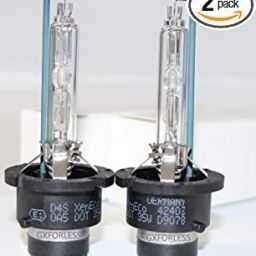Some people continue to have a misconception that LED lights (Light Emitting Diode) are very costly and this is far from the truth. With this assumption you would only be scratching the surface of this comparison. A major push over the past five years has resulted in the near distinction of incandescent bulbs. Australia has nearly phased out heat seeking incandescent bulbs and many U.S. states have made major thrusts towards energy efficient LEDs. Overall cost of operation and harmful emissions are the two primary criteria to consider.
Let us examine the price concern that seems to labor even further acceleration of the LED bulbs. Sure, LEDs cost more up front as the initial investment is higher than incandescent or fluorescent lights. Some high end LED bulbs as a matter of fact will cost many times more than an incandescent bulb at the check stand or on your internet shopping cart. So if initial cost is the only criteria to consider then advantage incandescent and old school would continue to rule.
But what good is a bulb without the electricity that makes it work. You can not drive a car without fuel. So here is where you have to consider the actual cost of a light bulb. Unless somebody else agrees to pay your power bill, you choice in bulbs must also take into account the Total Cost of Ownership. So what would be the Total Cost of Ownership for a 100-watt incandescent bulb that produces 50,000 hours of light?
This 100-watt incandescent bulb uses over 101 watts of electricity. So for 50,000 hours of operation this bulb will need to be replaced over 50 times with a new bulb. That is a lot of changed bulbs and dangerous material for our environment. Back to Cost of Ownership, these 50 plus bulbs will use about 5,100 kilowatt-hours of electricity resulting in about $500 in cost for electricity.
Not only that electricity cost our old incandescent bulb will emit over 10,000 pounds of carbon dioxide emissions into the environment. Can you say climate change and global warming? We won’t mention the release of mercury from the extreme energy usage as most of our electricity on the planet is derived from coal fired power plants emitting toxins into the atmosphere. So the Total Cost of Ownership for a 100-watt incandescent bulb is well over $500, including power and bulb costs, to produce 50,000 hours of light!
Now let us get modern and refocus on our sleek little 10-watt eco-friendly LED bulb. We acknowledge the up-front cost for the bulb will be about $100. It will use under 11 watts of electricity adding up to 540 kilowatt-hours to cover 50,000 hours of light. That is a sleek $58 in electricity! Now that is savings compared to $500 in electricity needed for the incandescent bulb. Additionally, the LED bulb reduces carbon-dioxide emissions by 9,000 pounds as just over 1,000 pounds is emitted from the LED bulb.
So the Total Cost of Ownership for a 10-watt LED is $100 for the bulb and $58 for the amount of electricity needed for 50,000 hours of light. It is awfully easy to now evaluate the true value of the LED bulb compared to the incandescent variety $158 vs. $550. The harmful emissions and environmental damages notwithstanding, the LED bulb has great value. So in this case out with the old and in with the new.
AUTOPOST by BEDEWY VISIT GAHZLY


